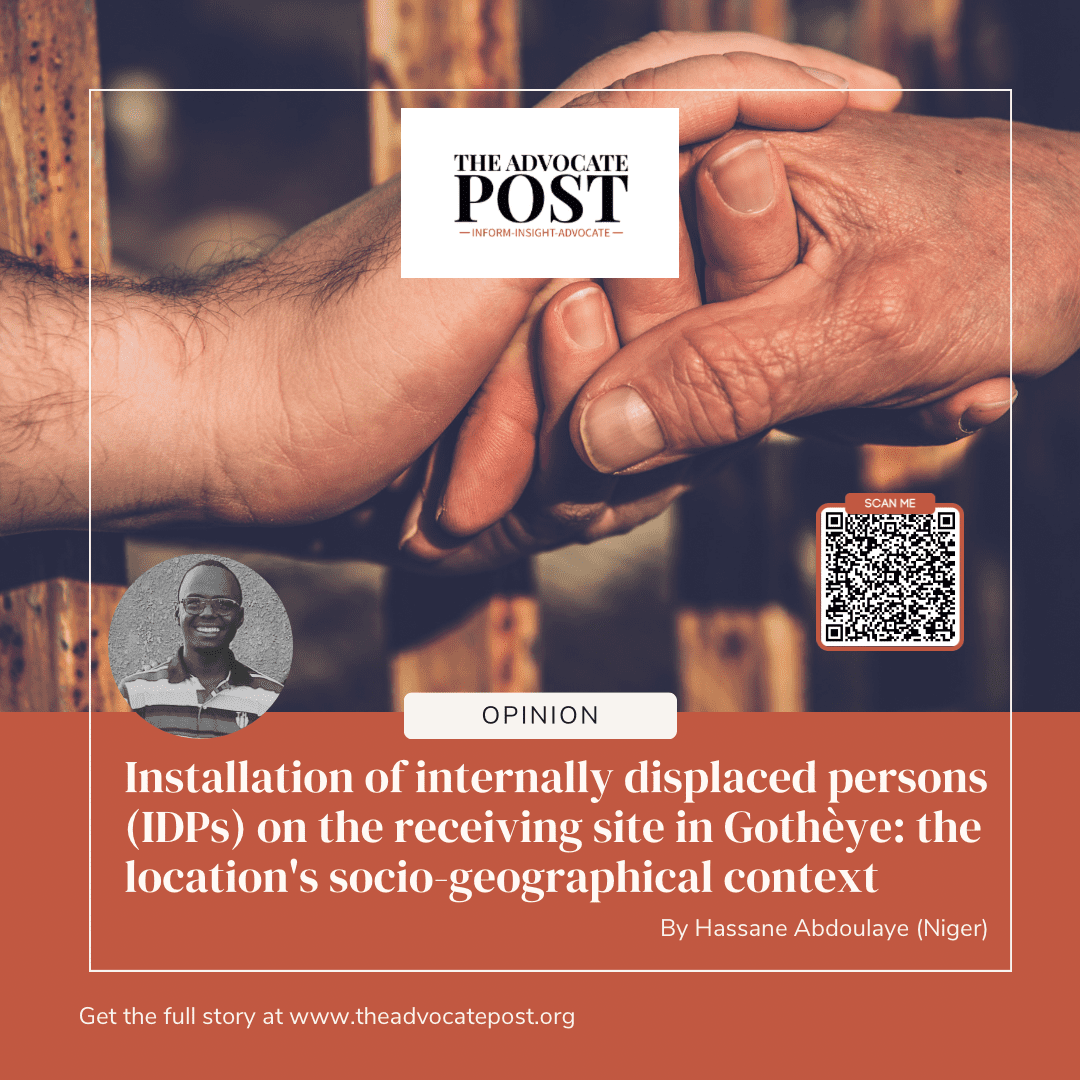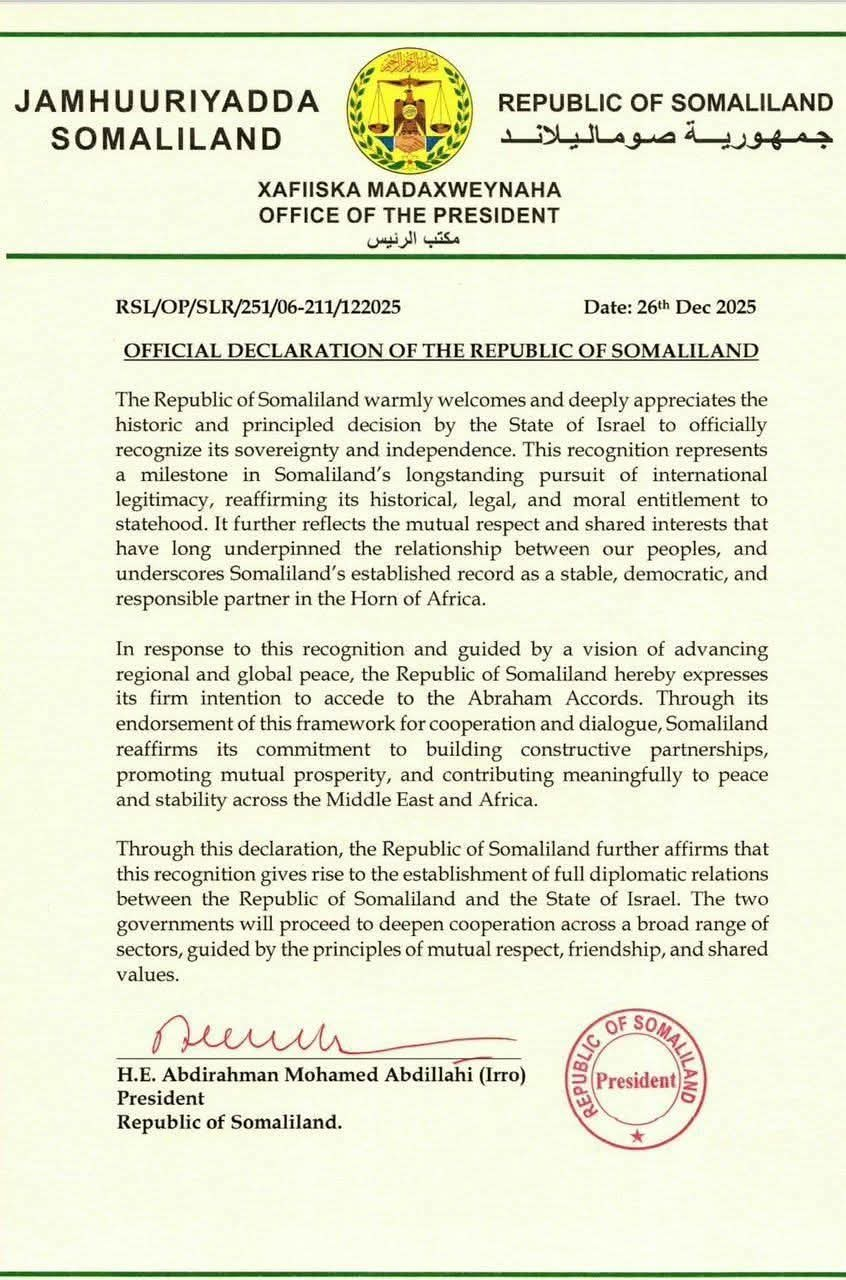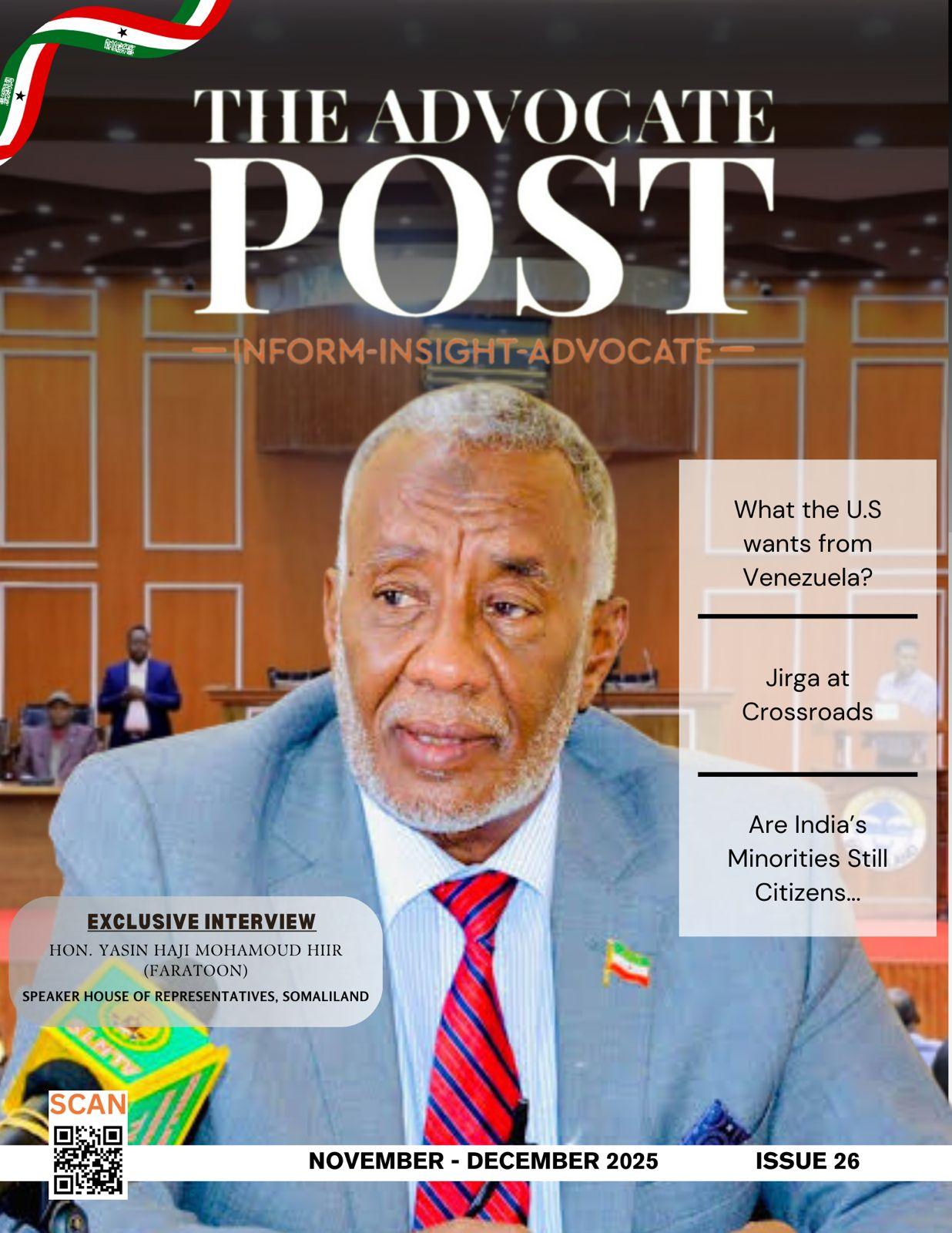By Hassane Abdoulaye (Niger)
Since 2022, the city has received residents who have been displaced from communities in the department. The first IDPs to come in the city settled spontaneously in fields, vacant lots, and the buildings of certain public services, such as the town hall and schools.
Several actors take action at the PDI site in Gotheye. Indeed, the state is the first actor to intervene in the context of supporting displaced persons, utilising decentralised services.
According to Article 16 of the Law on the Protection and Assistance of Displaced Persons, the Nigerien State specifies, if necessary, reception sites for the installation of internally displaced persons on national territory. In this context, a few months after their arrival, the city’s administrative and traditional authorities agreed to identify a suitable location for their installation. This conversation with the village leader of Gothèye allows us to comprehend the authorities’ role in receiving the IDPs:
“When the IDPs arrived in town, they were nearly everywhere: in concessions, empty places, schools, and private fields. This is how we made a site available for installation. And, despite being made available, we have observed that others remain at the level of their host family.”
Interview, September 16, 2023.
Located southwest of the city, the IDP site spans 10.5 hectares. It’s organised by village of origin. In other words, displaced individuals are split by their place of origin and represented by a delegate. Let us also note that, while it includes delegates of origin, there is also a key focal point delegate. This focal point acts as an intermediary between the IDPs and other actors.
In Torodi, for example, when it came to establishing a spot for IDPs to settle, the authorities were vehemently opposed. Due to the fact that
“the settlement of displaced people in a reception site could be a source of division and segregation between the displaced people and the host populations”
. In addition, it may promote banditry and adolescent delinquency. Paradoxically, in Gothèye, the government fostered the establishment of the IDP settlement site by pleading with the city’s proprietors.
As a result, four (4) land volunteers agreed to lend their land for two (2) years. As a result, the authorities made a financing agreement with the landowners. However, the authorities have long pleaded with humanitarian players to include landowners among the recipients and provide them with the same support as IDPs. Now, let us look at the various humanitarian actors who are working to improve the living conditions of IDPs in a variety of places.The displaced persons of the Gothèye camp come from various villages. Indeed, according to the humanitarian action agent, these people are from sixteen (16) areas, comprising thirteen (13) administrative villages and three (3) hamlets. The table below summarises the number of IDPs by locality on the day of data collection. However, we were unable to gather all figures on the number of IDPs by locality.






This Post Has 2 Comments
Your blog is a true gem in the world of online content. I’m continually impressed by the depth of your research and the clarity of your writing. Thank you for sharing your wisdom with us.
Pingback: Analytical Perspective: President Cirro’s Visit to Kenya - The Advocate Post